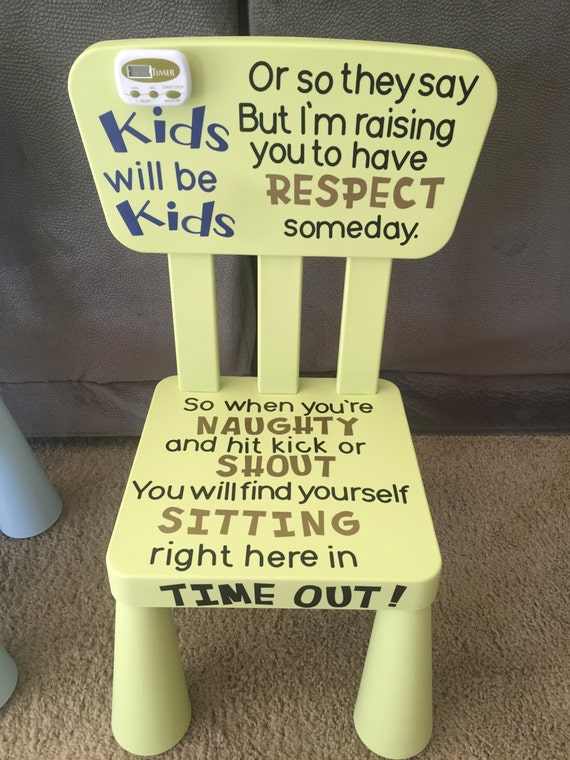

Time-outs may be on a chair, step, corner, bedroom, or any other location where there are no distractions and reduced access to fun items, activities and people. To implement time out, a caregiver removes the child from a reinforcing activity for a short period of time, usually 5 to 15 minutes, in order to discourage inappropriate behavior and teach the child that engaging in problem behavior will result in decreased access to reinforcing items and events in the child's environment. Time out is a type two punishment procedure ( negative punishment), and is used commonly in schools, colleges, offices, clinics and homes. Various people have added their opinions regarding time-out as the following indicates. He considered removal from a positive emotional environment to one of lesser positivity as a very mild punishment. If we were in a public place, I would pick her up and go outside." Application įor Staats, the timeout period was ended when the child's misbehavior, such as crying inappropriately, ended. Staats described the discipline of his two-year-old daughter in 1962: "I would put her in her crib and indicate that she had to stay there until she stopped crying. Wolf began the widespread use of Staats' time-out procedure in extending training methods to an autistic child (see the 1964 published study dealing with the behavioral treatment of a child). (The token reward system was another invention by him.) Montrose Wolf, a graduate student assistant of Staats on several studies dealing with reading learning in preschoolers, used that background when he went to the University of Washington where he began his creative program of research. He introduced various elements that later composed foundations for applied behavior analysis and behavior therapy. Staats in his extended work with his daughter (and later son), and was part of a long-term program of behavioral analysis beginning in 1958 that treated various aspects of child development. The concept of time-out was invented, named, and used by Arthur W.
Time out chair kid tv#
This term became popular in the US thanks to two reality TV series, Supernanny and Nanny 911. In the UK, the punishment is often known as the naughty step or naughty chair. This form of discipline is especially popular in Western cultures. During time-outs, a corner or a similar space is designated, where the person is to sit or stand (hence the common term corner time). It is an educational and parenting technique recommended by most pediatricians and developmental psychologists as an effective form of discipline. The goal is to remove that person from an enriched, enjoyable environment, and therefore lead to extinction of the offending behavior. After the time-out is over, tell your child why the toy was in time-out and then have your child say why the toy was in time-out.Short removal of a person for disciplinary reasonsĪ time-out is a form of behavioral modification that involves temporarily separating a person from an environment where an unacceptable behavior has occurred. To do this, just take the toy away and put it in time-out. It is a way to teach your child self-control and still decrease misbehaviors without too much time spent in time-out by your child. Putting the toy in time-out can be used if you do not want to put your child in time-out too often. If your child is mishandling a toy or fighting with another child over the toy, you can consider putting the toy in time-out (and not your child). Then follow the regular time-out procedure with both children.

Make sure to send the children to different time-out spots. Putting both children in time-out is better because you do not have to take sides, you do not reward the children with attention for fighting, and both children are equally punished. Choosing sides does not allow children the chance to solve their own problems. When two children are arguing or fighting, knowing who started it is less important than giving a consequence to both children for misbehaving. Make sure your child’s brothers and sisters are also not giving him attention in time-out. Do not look at your child, do not talk to your child, and do not touch your child. No one should give your child any attention while he is in time-out. Try to do what you would normally be doing when your child is in time-out, but stay close enough to know if your child is doing anything dangerous or tries to leave the time-out chair/spot. What You Can Do While Your Child is in Time-Out


 0 kommentar(er)
0 kommentar(er)
